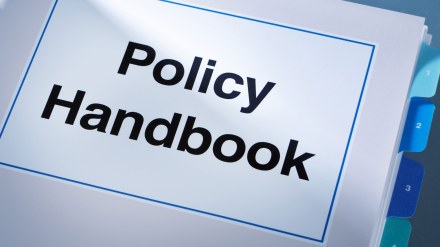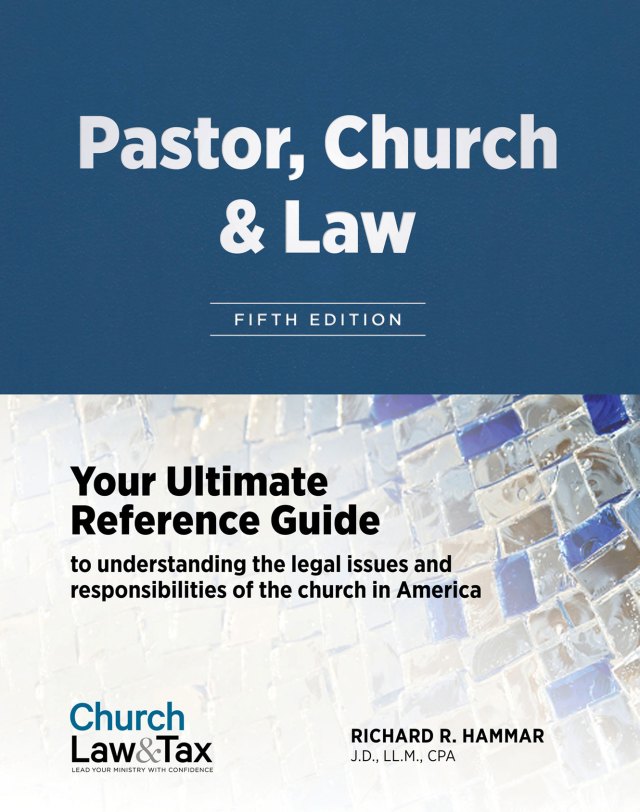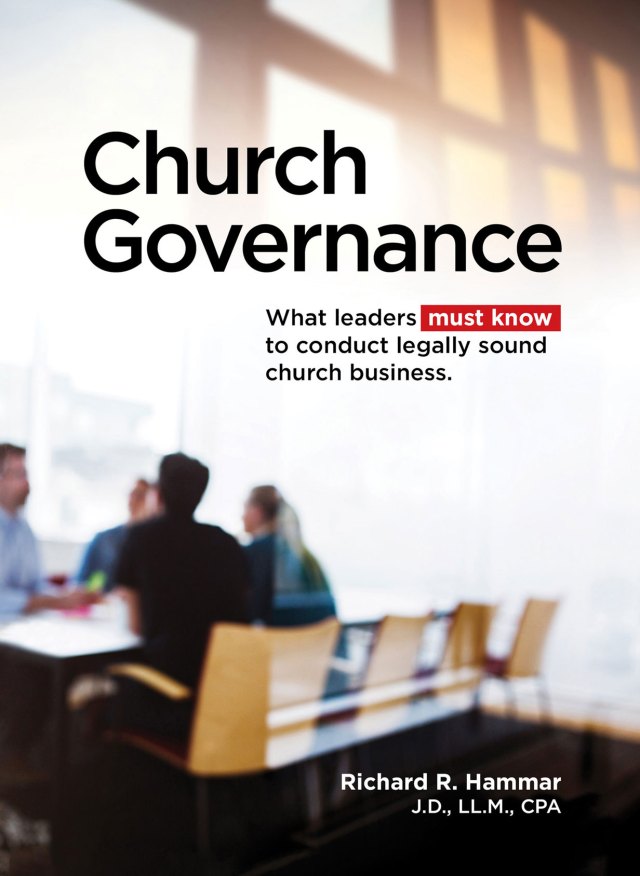Q: I’m working on a policies and procedures manual for my church. It has grown to 28 pages, and I expect it will get longer. Would it be better to have separate documents—one for policies and one for procedures—or should everything be kept in a single document? Also, what else should we consider when developing policies and procedures for our church?
We went through this process a number of years ago and settled on the following best practices that may prove helpful to you.
Policies and procedures are separate documents
We decided to create two separate documents, but one references the other.
There were three reasons for doing this:
- Church boards should be focused on policies and not on writing and monitoring procedures for policies. This helps board members stay focused on the broader area of church governance without burdening them with step-by-step procedural matters.
- Procedures typically change much more often than policies, and they should. System, organizational, and other changes may trigger the need to rework procedures within a church. Procedures are best kept up to date by staff using some formal review and approval methodology to ensure they stay true to policy and operational standards.
- Staff and volunteers will be able to reference specific procedures related to their job easier. Sometimes a policy requires multiple procedures. Yet employees or volunteers with specific jobs often only need to refer to a procedure or procedures related to their areas of responsibility. Having policies and procedures all lumped into one document can make it hard for your staff and volunteers to parse out what they need to do.
FAQs
1. Why should church policies and procedures be kept as separate documents?
Policies and procedures serve different purposes. Policies guide church governance at a high level, while procedures outline the step-by-step actions to carry out those policies. Keeping them separate ensures that church boards focus on governance, while staff and volunteers handle procedural updates as needed.
2. How often should church procedures be updated?
Procedures should be updated more frequently than policies. Changes in systems, organizational structure, or operations may require adjustments to procedures. A formal review and approval process helps ensure they remain aligned with policies and operational standards.
3. Who should be responsible for maintaining church policies and procedures?
Church boards should focus on setting and overseeing policies, while staff members should manage and update procedures. This division of responsibility prevents board members from being burdened with operational details and allows staff to keep procedures current and relevant.
4. How does separating church policies from procedures benefit church staff and volunteers?
When policies and procedures are separate, staff and volunteers can more easily find and reference the procedures relevant to their specific roles. Since a single policy may require multiple procedures, keeping them distinct prevents unnecessary confusion and makes it easier to follow proper processes.





